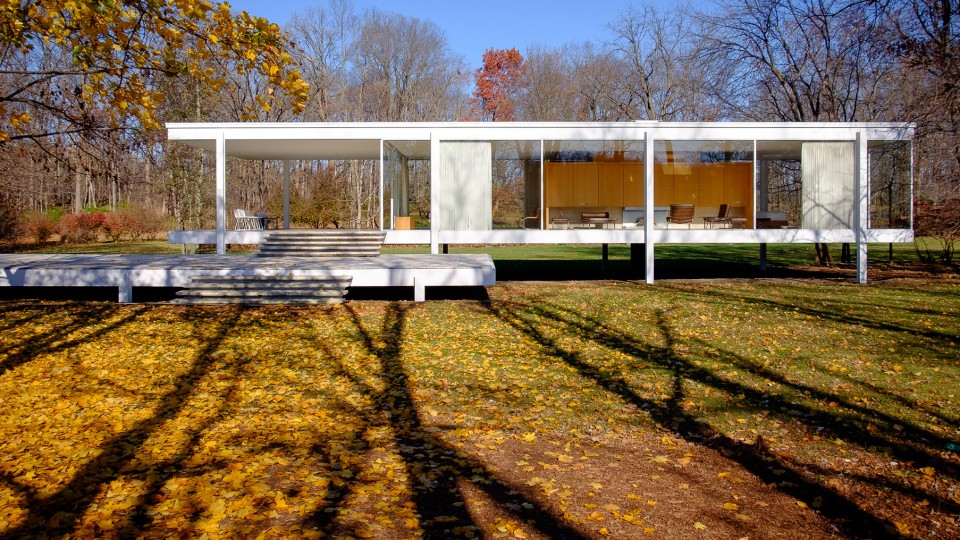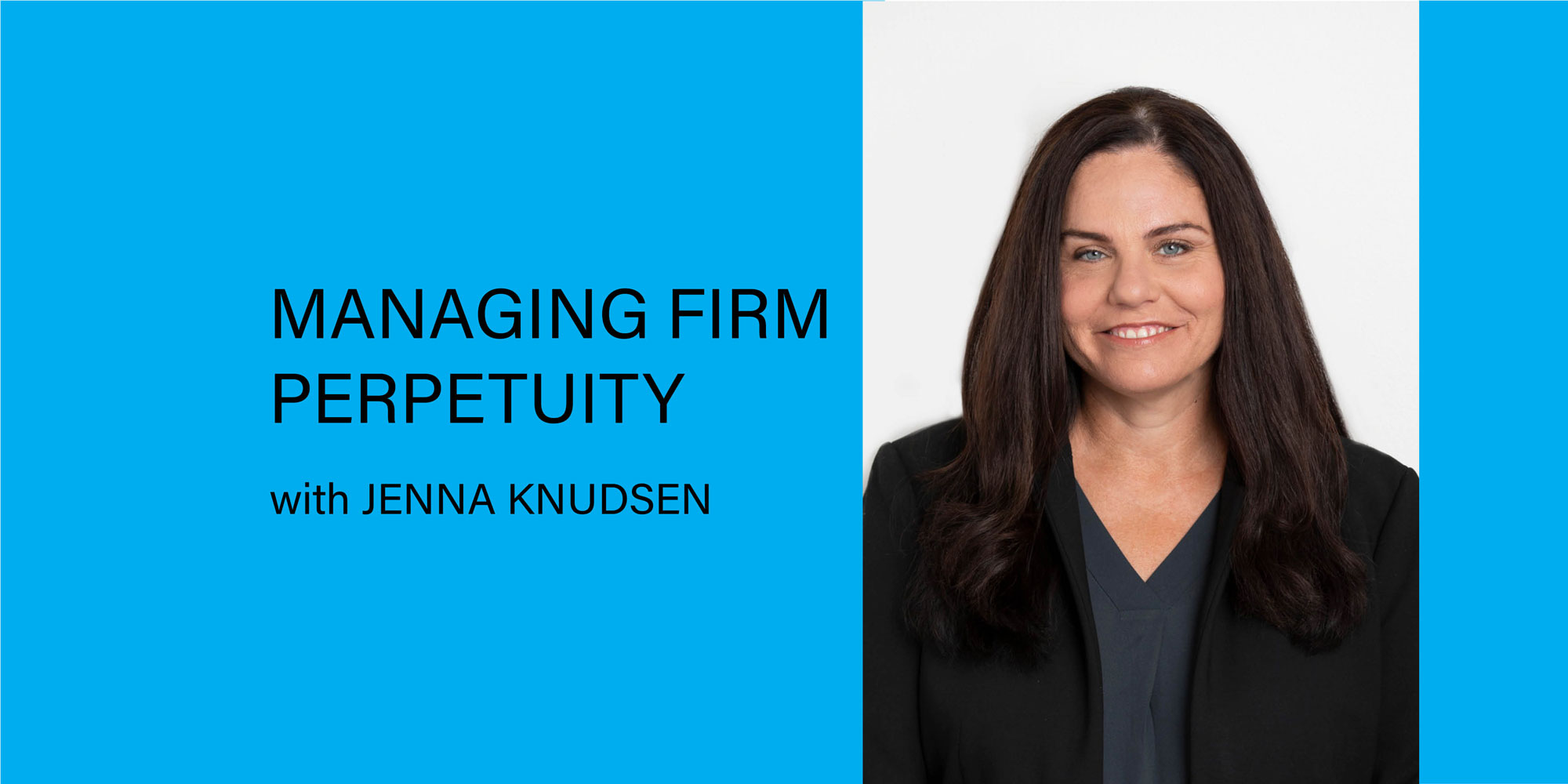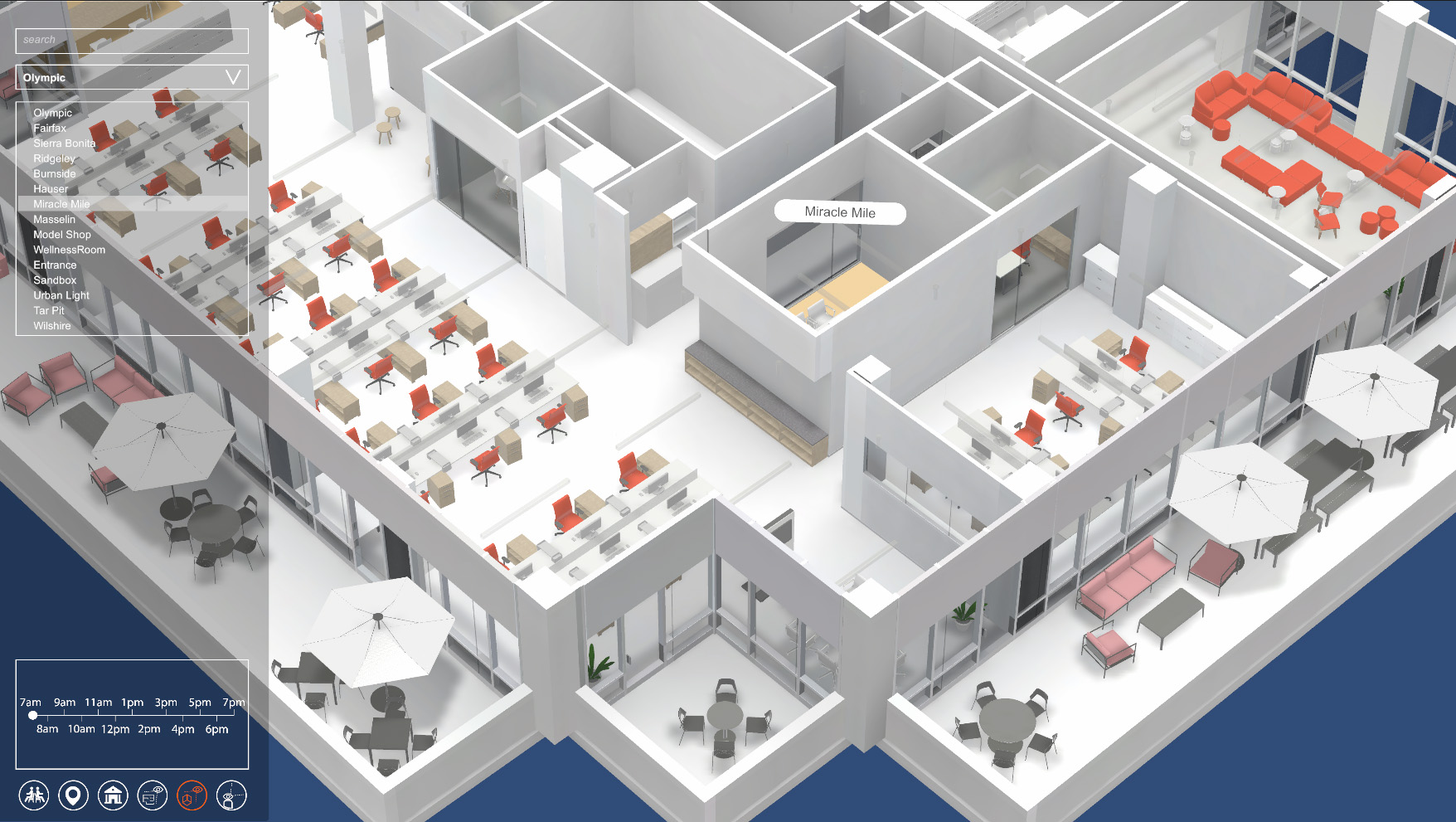Meet the Principals: Arnold Swanborn

Meet Arnold Swanborn
Describe the moment you knew you wanted to be an architect? What was your a-ha moment?
I don’t recall one specific a-ha moment, but rather a childhood enriched with countless hours of creative play, tinkering and observing my father. Some of my earliest memories are “Lego-ing”, my word for Lego play. Looking back on it, it was more of an obsession amounting to hours and hours of creating and recreating worlds, both seen and imagined. This started at the age of three and continued well beyond the age most kids stop. Much like today, I’d wake up early, like 5am, dump the box of Legos onto the ground, and start building. The idea of creating and making was present throughout my entire childhood and is in my DNA. My father was trained as an architect. He was always tinkering in his shop and included me in the process of remodeling our childhood home in Holland, giving me the confidence and curiosity to explore in everything I do. The fundamentals of doing, making and designing that began in my childhood have remained a guiding influence throughout my academic training and professional life as an architect.
If you could spend one night in an iconic building what would it be and why?
The world is a complex place with complex multi-dimensional facets. As architects, I believe our role is to distill and simplify; to make familiar that which is inherently not. In short, to inspire and enrich the lives of those who come in contact with the work. At CO, we’re privileged to work on buildings with rich complex programs and circumstances. I never settle on simply solving the problem, instead I emphasize creating meaningful and memorable spaces. I always look to simplify and consider the relationship of a building to its context as one unified construct. The Farnsworth House by Mies van der Rohe is a constant inspiration in this quest. For me, the symbiotic relationship and purity of the man-made imposition on the prairie is magical. The house embodies the essence of simplicity as it floats gracefully above the ground. The Farnsworth House reveals its raw essence through transparency and distilled functionality by way of extending interiors to the exterior. To spend a night there and be immersed in the simplicity of design would be a magnificent experience.

What artists, architects, or other notable figures from the past or present do you admire most?
For those who have worked with me, it should come as no surprise that I am obsessed with daylight, and finding unique and unexpected ways to use it as a material. It has been engrained from my time growing up in the Netherlands, visiting museums featuring Dutch masters like Vermeer, who brilliantly captured and manipulated light, and later affirmed by seeing the work of northern European architects like Alvar Aalto and Jorn Utzon. Their embrace of natural light were formative teachings in the expression of space and surface texture. I practice in Southern California and light behaves differently here. Over the years, Frank Stella has been an important figure in translating the use of daylight to the places we practice. His work is purely abstract, 3-dimensional and consists of a rich, compressed spatial depth, density and complexity. The notion of “working space” and transparency explored by Stella are constants in my work.
I admire audacity, those who are willing to take risks in their work and catapult the profession forward. Le Corbusier and Frank Lloyd Wright were such figures. For me, Frank Gehry’s influence on the profession as well as the integration and adaption of technology remains transformational. His words “don’t be afraid of ugliness”, serve as an inspiration — an invitation to explore, to trust the process, to create something beautiful, new and unimagined. The appeal in his work is that it defies conventions, and while I am not sure I’d want asphalt as my kitchen floor, to question convention is how we uncover new ground. I don’t like all of his buildings, but I admire the exploratory spirit with which they are pursued, just as I admire the rigor evidenced in the work of architectural giants, Louis Kahn and Richard Meier. In their work, I find a sensory satisfaction of calm, peace, tranquil environments and inspirational connections to craft and place.
What was your proudest moment as a mentor?
One of the most important and rewarding acts one can do is to give back, to pay it forward. I have been blessed to have had some amazing mentors in my life who have inspired and led me to where I am today. Whether it is an academic setting or in practice, one essential aspect of maturing within the architectural profession is by taking others under your wing. Some of my proudest moments are the impacts I’ve made simply by being empathetic as part of my daily interface and routine interactions with my colleagues that invariably affect many lives and careers. I have a good coach, my wife, who is a natural teacher. By osmosis, I have picked up some of her skills. The impact you leave is not always immediate — some have approached me years later and mentioned how words of advice have influenced their careers. My wife and I have had the opportunity to help guide one of CO's repeat interns over the past 13 years. We have been thoughtful advisors along his artistic pathway from elementary, middle and high school to now the Cooper Union in New York City. To see him grow and excel in this competitive world has been a humbling and impactful experience for us. For me, it is a fundamental responsibility to our practice and profession to make time to mentor young designers and architects to help set them on a trajectory for continued success.

